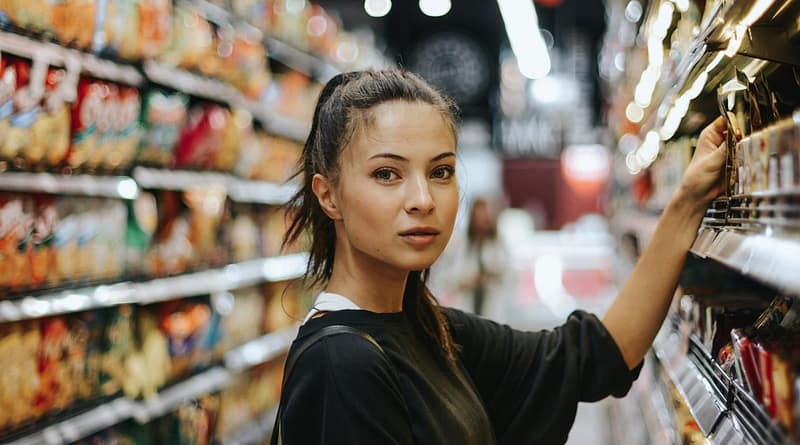More than just people counting
Retail Sensing systems not only measure footfall and count people, but monitor occupancy, track shoppers around stores, show heat maps of most visited areas, help manage queues, log passenger numbers, count vehicles, present marketing information and contribute to smart cities. The technology provides the basis for many applications in retail, leisure and other sectors.

Monitor Occupancy
Now more than any time retailers and other businesses need accurate counts of the number of people on their premises. Our camera-based systems achieve 98% accuracy, even in variable or poor lighting. We let you monitor different areas within the building, as well as the overall occupancy. Live totals are shown on LED displays, on secure web browsers and on smart phones. The displays flash & texts are sent to warn staff when capacity limits are approaching, playing an important role in public safety.
- Current occupancy shown locally and remotely
- Capacity alerts and warnings by text, tweet, smart phone meter, browser, physical meter & IoT
- Queue monitoring
- See how many people are in each room, on each floor or in the entire building
- Real-time counts aid compliance with health and safety regulations
- Historical records aid future planning
- Networked systems can communicate securely over the internet and the IoT
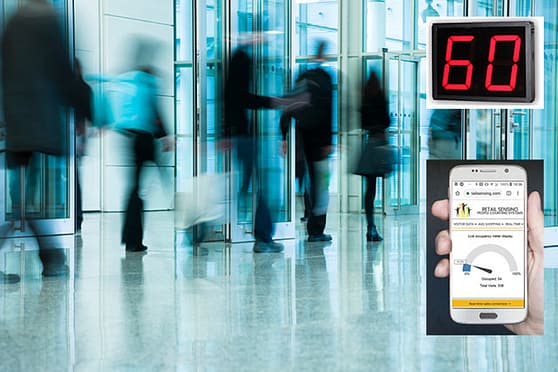
Track Shoppers around Stores and Shopping Centres
Using images from in-store cameras, our people-detection software tracks shoppers through a store and records their paths – accurately analysing the video content. Nobody is personally identified, preserving people’s privacy.
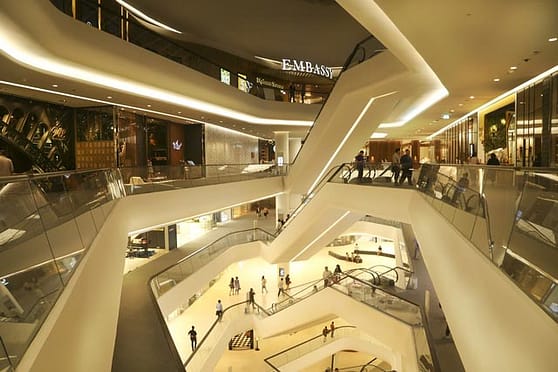
Show Heat Maps
A heat map is a graphical visualisation of the most, and least, popular areas of a store. See immediately where most of your shoppers go and which areas they avoid. Heat maps provide invaluable insights into customer behaviour.
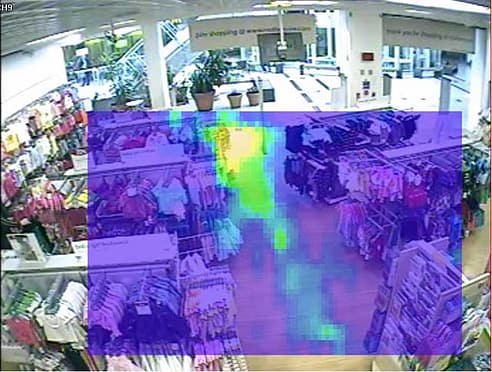
Manage Queues
Nobody likes queuing. Too long a queue annoys customers, drives them away and makes it less likely that they will return another day. The queue management system reports
- The number of people currently in a queue.
- The queuing time of the last person to leave the queue.
- The number of active service points (for example ticket booths or retail checkouts open).
- The average queuing time.
- How many people left the queue before reaching the front.
- How many people jumped the queue.
- The average queue length.
- How often more than five (for instance) people were in the queue.
- Daily figures, for example, 95% of people queued for less than 5 minutes.
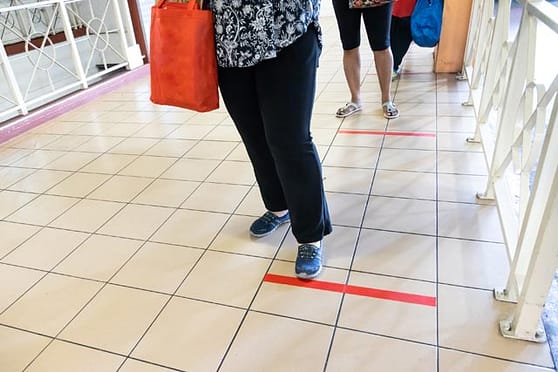
Log Passenger Numbers
Automatically count passengers getting on and off a bus, train, light rail or other public transit system. We offer a trial system so transport agencies can ensure that the counting system works for them before purchasing. Passenger counts can be made available over the Internet-of-Things and integrated into Smart City Systems.

Count Vehicles
Count vehicles day and night in rain, sun and snow. One camera can cover several exits of a junction. At four-way junctions, for example, the system provides multi-directional counts for vehicles turning north, south, east or west and coming from any direction. simple to set up and non-intrusive. No components need to be installed directly into the road surface and users can easily modify the zones through which vehicles are counted, from their office.

Present Marketing Information
The collection of accurate data is essential in measuring marketing effectiveness. By thoroughly analysing data, marketers can improve the success of their efforts and make better business decisions. Popular metrics include average shopping time, customer conversion rate, dwell time, age, gender and times of footfall peaks & troughs.
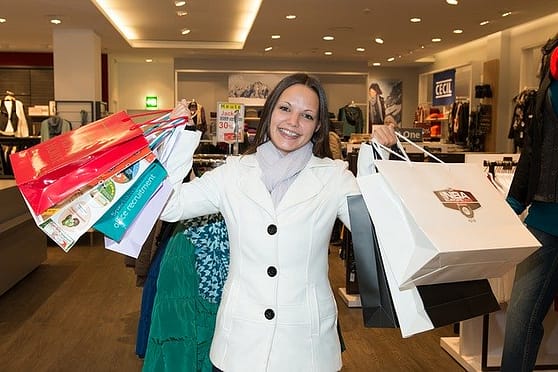
Connect to Smart Cities
Smart Cities have the ability to recognise what’s going on in a number of unprecedented ways. They change the way we understand, manage and study cities.
A smart city installs sensors which can share information with the public, businesses, city managers and other smart systems. The city connects its sensors and services via the internet of things (IoT). The different sensor systems store their information in a common data warehouse, making the knowledge available to those who need it.
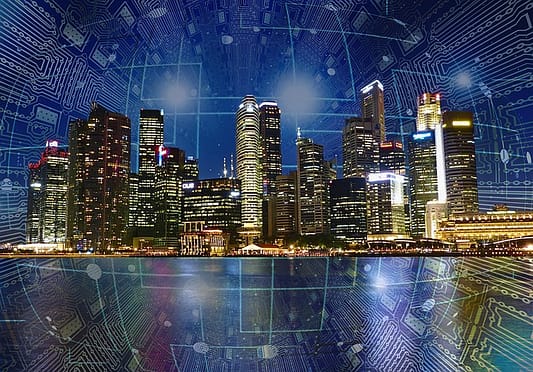
Our systems can contribute a range of information to smart cities, including. They can count pedestrians, vehicles and bicycles plus passengers on public transport, monitor air pollution, identify traffic congestion, quantify the use of footpaths and cycle ways and let retail units discover vital analytics like sales conversion rate and how many people look in their shop windows but don’t go in.
